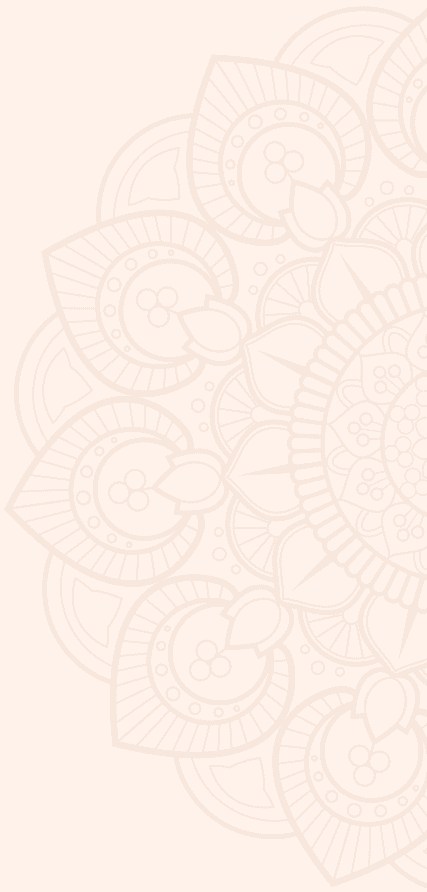
Glaucoma
As I wrote in the last blog, I was a research participant on a project investigating the impact of environmental factors – mainly humidity and temperatures, on dry eye signs and symptoms. I was a healthy participant who would be a control for the group under investigation – who were patients with Glaucoma.
So what’s the connection between dry eye disease and glaucoma?
Although surgical and laser treatments for Glaucoma exist, the main form of treatment is the use of eye drops which must be used for life. Unfortunately, some of these eye drops can cause the eyes to feel very dry in some patients and this can be so uncomfortable that 1 in 3 patients with glaucoma stop using the eye drops as they should.
https://www.ncbi.nlm.nih.gov/pmc/articles/PMC3809958/
The eyesight of Glaucoma patients who fail to adhere to the recommended use of eye drops may slowly but drastically deteriorate. As a result, Glaucoma is one of the leading causes of blindness globally.
This is the reason researchers at the Vision and Eye Research Unit at Anglia Ruskin University are interested in exploring whether exposure to specific environmental conditions may contribute to discomfort in the eye leading to poor adherence to eye drops by glaucoma patients. This is the eye research study I volunteered into named ENCOGLAP (ENvironmental COnditions in GLAucoma Patients) in which researchers are assessing how the environmental stress affect the eyes of patients using glaucoma eye drops.
Now let me take you back to the start.
What is Glaucoma?
It’s only after participating in this study that I took an interest in this disease. When I have heard the word Glaucoma before, I imagined high pressure in the eye which to me would be popping out more than normal and looking awkward. I always assumed that it was linked to infections and dirty hands rubbing the eye type of thing.
How wrong was I? ….. very…….
I had one thing right though – Glaucoma is about a build-up of pressure in the eye as a result of over-production of tears or poor drainage. The eye does not bulge out as I thought, but presses on the optic nerve in the back of the eye. The optic nerve is what transfers information from the eye to the brain – and because of this, we are able to ‘see’. Without the optic nerve, our eyes will receive the image on the retina but that message will not reach the brain due to the damage to the optic nerve and therefore one does not ‘see’.
The damage to the optic nerve takes place slowly so many people are not aware that they are loosing vision. The loss starts in the peripheral region.
Let’s try and understand peripheral vision.
Look straight ahead. What you see to the far right and far left makes up your peripheral vision. We are often not even aware of it as we focus more on what is in front of us – central vision. So when the peripheral vision starts to go, most patients with Glaucoma are not even aware. The damage can continue for a long time if it is only one eye that is affected as the other eye will compensate. Sometimes a lot of the vision is lost before a diagnosis of glaucoma is made.
Glaucoma is not easy to diagnose as that loss of peripheral vision is not easy to detect. If left untreated, the optic nerve damage can be so complete as to cause complete blindness.
The saddest part is that Glaucoma is actually rather common.
Glaucoma affects about 64 million people in the world and as elderly people are more affected, this number is likely to increase over time as we continue to live longer.
Of the 37 million blind people in the world, the World Health Organization tells us about 5 million are blind as a result of glaucoma.
Can we stop ourselves getting this condition?
Unfortunately, Glaucoma is mainly hereditary – that is, if your parents or other close relatives have been diagnosed with the disease, you are more at risk of having the disease. However, long term use of anti-inflammatory drugs like Steroids can also cause glaucoma.
There is no cure for Glaucoma but the damage can be prevented by using eye-drops for the rest of one’s life after diagnosis. However, as we noted earlier, these eye-drops lead to dryness of the eye and many people using the drops every day as a result of the discomfort from the dry eyes.
Next time, I will tell you a bit more about dry eye disease.



